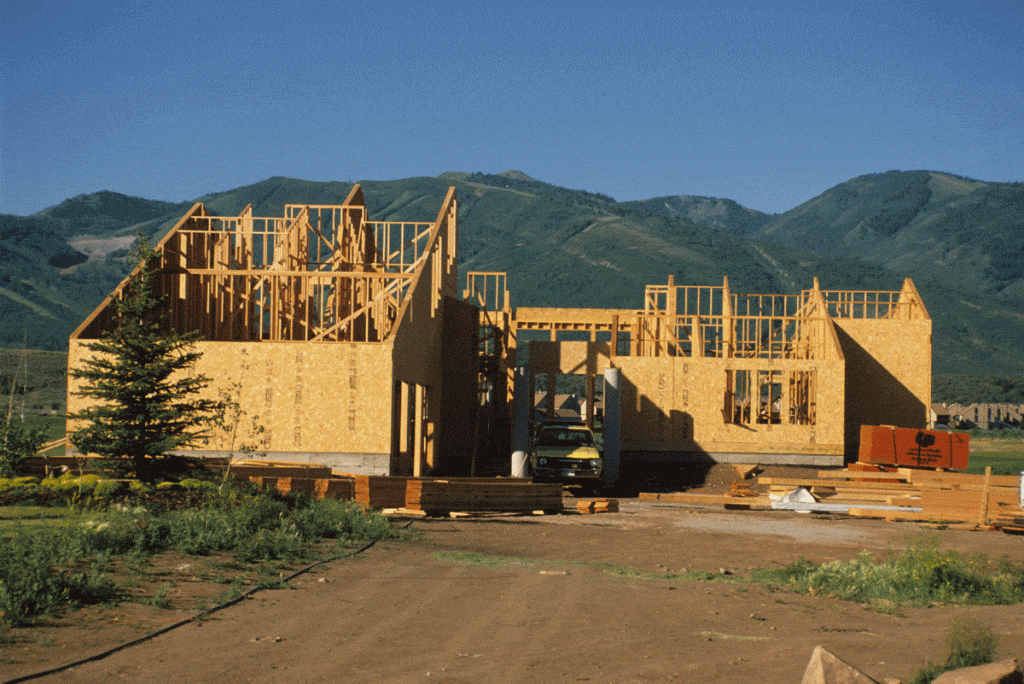When WWII ended, America was on the cusp of a new lifestyle. The booming war economy ended the Depression, and with the need to divert resources to the war at an end, it was time for Americans to prosper again. With young GI’s returning home, the baby boom started – and with it the need to house growing young families. Suburbia was beginning, spurred on by the success of Levitt and Sons, the family construction company of Abraham Levitt, who popularized and capitalized on planned suburban living communities on the outskirts of major cities, when land was still inexpensive.
Park City did not share that suburban boom. The rise of suburbs elsewhere coincided with the decline of Park City’s economy. The mines had struggled since the 1920’s, beset with low metals prices, labor strife and the Depression. WWII brought a brief revival in metal prices and demand, but afterwards, the decline accelerated to the point that people leaving Park City sometimes put their small homes on trailers and wheeled them out of town with them, since there were no buyers around. The late Ted Larremore recalled sitting on his front porch on Woodside Avenue watching houses go by down the street and saying, “There goes Park City.”
Park City of the 1950s missed another suburban trend—the rise of the American backyard. Until the 1960s and the start of the ski era, the edge of town was about where Deer Valley drive begins at the corner of the Cole Sport and Jans stores. The homes from that point south were built mostly on small lots on the steep hillsides on either side of Main Street. The lots were platted in 1873, with each lot 25-feet wide by 75-feet deep, considered enough back then for a modest two room house. Backyards, such as they were, were tight spaces for hanging laundry and stacking firewood.
In the rising suburbs, backyards were becoming spacious outdoor retreats, places where do-it-yourselfers were installing barbeques, patios and swimming pools, creating a private outdoor living space to add to their burgeoning lifestyles.
It wasn’t until the mid-1960 and the opening of what would become Park City Mountain Resort that suburbs sprouted in Park City. Thaynes, Park Meadows, Holiday Ranch and Prospector were the first new neighborhoods, allowing at least some Parkites to finally look to the backyard as living space. Today, Park City back yards have caught up, boasting hot tubs, outdoor kitchens, patio furniture and all the trappings of suburbia.

The traveling Smithsonian exhibit, “Patios, Pools and the Invention of the American Backyard” explores the rise of suburbia and its backyards. There is still time to see it in the Park City Museum’s Tozer Gallery, but it closes this Sunday, November 17.